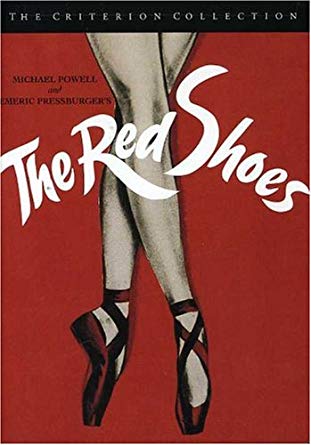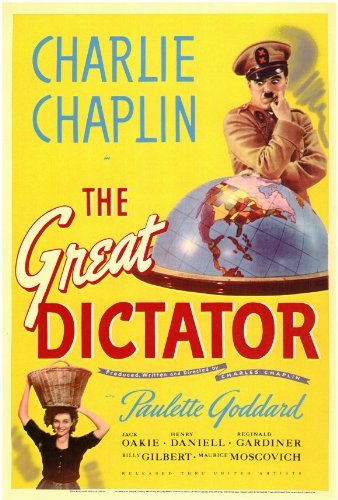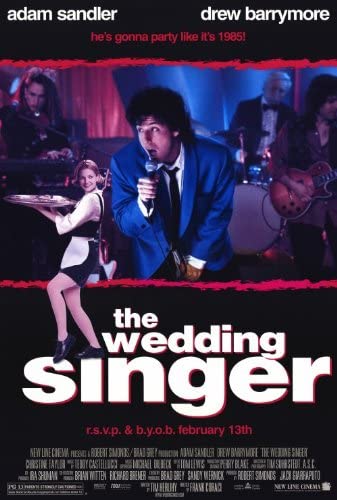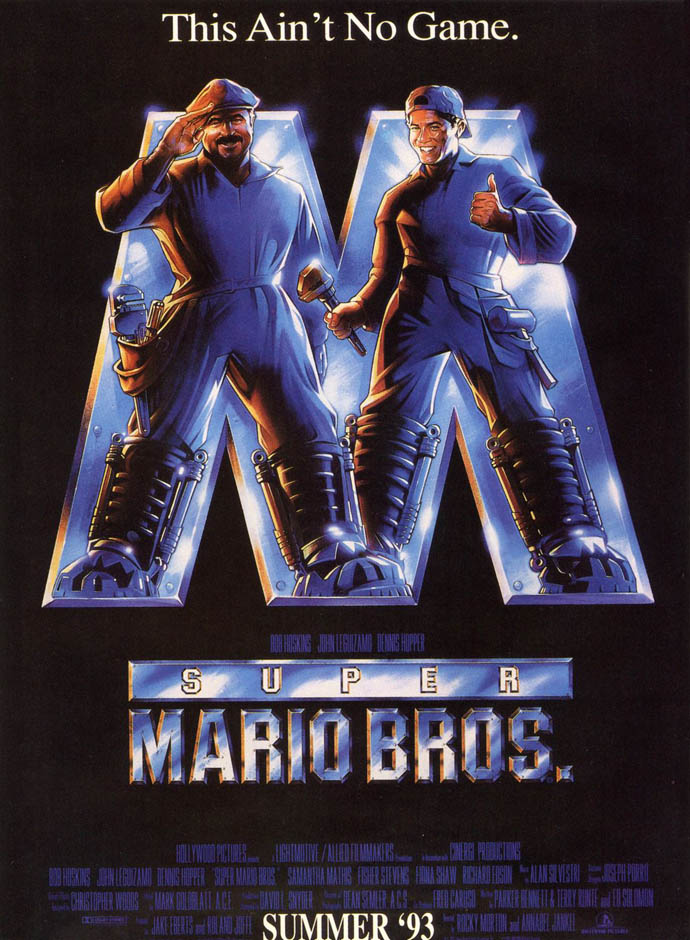A lot of people have a hard time watching older movies in general, and I don’t exclude myself from that. However, over time I’ve developed some parameters for myself on whether or not I actually liked an old classic, or if I’m simply appreciating it for what it did for film. One of those parameters is whether or not I’d ever willingly go out of my way to sit down and rewatch it after a first viewing, and the answer to that for The Red Shoes is a resounding yes. Following into similar territory, another parameter I have is whether or not the movie still holds up well. A big barrier for people with watching older classics is just not being able to connect to older movies because of how dated they feel, so when a movie still holds up well and doesn’t “feel” like a really old movie, people are still willing to watch it. This is why movies like The Wizard of Oz are still really watchable for people today, and this is another category that I think The Red Shoes falls into nicely. For one thing, it’s in color, so that removes the “black-and-white” barrier that a lot of people have. And for another reason, it’s just shot so beautifully and artistically that it feels more akin to modern filmmaking than the archaic film techniques of old.
The Red Shoes is all about the central theme of “art vs. love.” It’s about how far you’re willing to go in order to excel in the art that you’re passionate about, and what you’re willing to sacrifice in order to achieve success. We see this in main character Victoria Page, a woman who loves ballet more than anything in the world. She finally begins to achieve the success she’s always dreamed of when she catches the attention of Boris Lermontov, a director who sees Page’s potential and decides to give her the lead role in a new ballet he’s putting together. Lermontov begins to develop something of an obsession towards Page, taking her on as his personal project and wanting to make her into the greatest dancer ever. This dream is threatened when Page begins to develop a relationship with the ballet’s composer, Julian Craster. Lermontov believes that you can only achieve true greatness by sacrificing personal relationships that will weaken you, and so Victoria finds herself torn between her art and her relationship.
It’s weird to consider The Red Shoes to be as artistic as it is, since it falls into the “dance movie” genre that’s kind of gotten a lot more hokey and cliche in the years that have followed. Many people, myself included, kind of groan at a lot of dance movies because of how poorly made a lot of them are, but The Red Shoes is nothing short of beautiful.
Part of the reason for this is that The Red Shoes is a film that just couldn’t possibly work as well in black-and-white. I’ve noticed in a lot of the earliest color films that directors try to make full use of color, and this is particularly apparent in The Red Shoes. There are so many beautiful vibrant colors in the movie. This sounds kind of funny now that all of our movies are in color, but because of this a lot of modern movies are more jaded with art direction. Since color films were such a novelty back then, The Red Shoes makes its visuals as lively as possible, and the result is having each frame practically looking like a painting. The film is just artistically stunning and beautiful to look at, and it’s hard not to appreciate if you have an eye for this sort of thing.
It’s rare that I spend a lot of time talking about one scene in a review, but I feel like I need to for The Red Shoes, since there’s a scene about halfway through the movie that makes the whole movie worth it on its own. This is the scene where Victoria Page performs the ballet that Lermontov has cast her in, and the result is a 15-minute ballet performance. It’s risky to have a scene like this, because for a lot of movies it can easily break up the flow and detract from the overall experience. This isn’t the case here, though. Instead, this scene is so beautiful and immersive that it elevated my enjoyment in a section where I was slightly starting to lose interest, and kept me invested for the rest of the time.
So, why is this scene as special as it is? After all, I’m sure you’ve seen plenty of dance scenes that are way more flashy or intricate than something from the 40s could be, right? I challenge this notion, though, because I’ve never seen a movie pull off a dance scene in the way that The Red Shoes does, and I’m not being hyperbolic about it. The director made a bold choice with the scene by deciding to make the scene more abstract than the rest of the movie, but the payoff is wonderful. There’s definitely still plenty of raw talent here that’s impressive to see, but the performance eventually starts to become more surreal and feature abstract representations of what’s going on. The scene keeps switching back and forth, too, and yet it’s not that jarring. The best example of this is towards the end, where Page finds herself dancing with a pile of newspapers that are upright in the form of a body. This visual switches back and forth between this and the actual dancer that’s performing in the ballet. I’ve seen plenty of “regular” dance performances in movies, as well as many abstract, surreal scenes, but I rarely see them blended together in the way that The Red Shoes does it. It almost makes you start to question what’s real and what isn’t at times, and I think this was intentional. For me, the purpose of this scene was to show how Page can get lost in her dancing when performing, showing how the rest of the world seems to disappear and what you’re portraying is as real as anything else. Another purpose felt like portraying what the story of the ballet actually was. Most ballet performances rely on the audience imagining the story being told through the dance movements, and that’s fine, but this scene decides to also concretely show you what’s supposed to be going on. I thought that this was such a neat and creative idea, and it’s a scene that I’ve literally never seen anything like before. I think that the whole movie is good, but if I can sell you on one big reason to watch the movie, it’s for this 15-minute scene alone.
Aside from all of that, the movie is just plain good. It has strong performances, a really compelling central theme that it’s exploring, some of the most beautiful artistic direction I’ve ever seen in an old movie, and some really experimental film techniques that make the movie feel more modern than it actually is. I’m serious about that last point, too…there were times I was watching The Red Shoes where I felt more like I was watching a movie from 1988 instead of 1948. It holds up incredibly well, and it’s one of those classics that I really recommend. If anything, I think the story has some slow stretches that are hard to get through, but that’s the only thing that brings down an otherwise amazing movie. Seriously, give this one a shot if anything I’ve said about it sounds interesting to you.
4.5/5




whoah this blog is wonderful i like reading your articles. Stay up the great paintings! You understand, many persons are hunting round for this info, you can aid them greatly.
You completed a number of good points there. I did a search on the subject matter and found most people will consent with your blog.